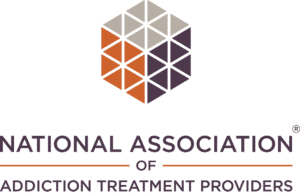Meth Addiction Treatment
Detox from Meth
The first critical step to detox your body from meth is to seek help from an addiction specialist. After an initial assessment, they can refer you to a detox center. Detox centers have teams of health professionals trained and equipped to handle detox symptoms. Moreover, they offer customized programs to address your unique individual needs.
Experts do not recommend stopping meth abruptly (cold turkey), as doing so can cause severe withdrawal and strong cravings. Both these factors may increase the odds of complications and relapses.
Instead, tapering – gradually decreasing the dose – is beneficial for most meth users.
1. Assessment
In this stage, a team of health professionals checks your general well-being, medical and family history, addiction severity, and other health issues. Besides, they will likely recommend a urine test to detect recent meth use. Then, using information from the assessment and lab tests, they will design a detox plan.
2. Stabilization
Detox treatment can begin only after a person is physically, psychologically, and emotionally stable. However, most people who reach a detox center are already struggling with the overwhelming withdrawal effects. To make them comfortable and help them calm down, the medical staff will communicate empathetically and work to build trust while observing their behaviors and responses.
3. Treatment
Meth addiction treatment usually involves medicines to address specific withdrawal symptoms. So far, the US FDA has not approved any drug to speed up meth elimination from the system. That said, medications targeting specific symptoms can help a person avoid relapse and stick to the detox program.
Modafinil a medication used to treat sleep disorders, can help a person control cravings and have a regular sleep-wake cycle. Moreover, it may alleviate memory problems and impaired mental processes.
Antidepressants Bupropion and Fluoxetine may be used to boost your mood.
Other medications Your doctor may also give you medications to relieve anxiety, muscle tension, and sleep disturbance.
Once the detox process is complete, the medical team will shift you to a rehab facility for long-term addiction treatment.
Withdrawal Symptoms
Intense Cravings
Fatigue
Depression
Nausea
Excessive Sleepiness
Anxiety
Dehydration
Headaches
Hallucinations
Timeline
Most people experience these symptoms within 24 hours after the last intake. Extreme tiredness is often the first withdrawal effect, followed by intense feelings of depression. The other two characteristic features – increased appetite and excessive sleepiness – can occur with detox from any CNS stimulant.
The symptoms can last for 2 weeks. However, they may persist for several months in chronic users.
Initial 48 Hours - The Crash
Day 3 to 10
The effects peak during this period. Symptoms include severe depression, anxiety, and extreme fatigue. In addition, cravings become more intense, and muscle aches and tremors may occur.
Day 14 to 20
Most symptoms begin to go away or become milder, but some people may have intense cravings.
Meth Addiction Treatment
01
02
03









